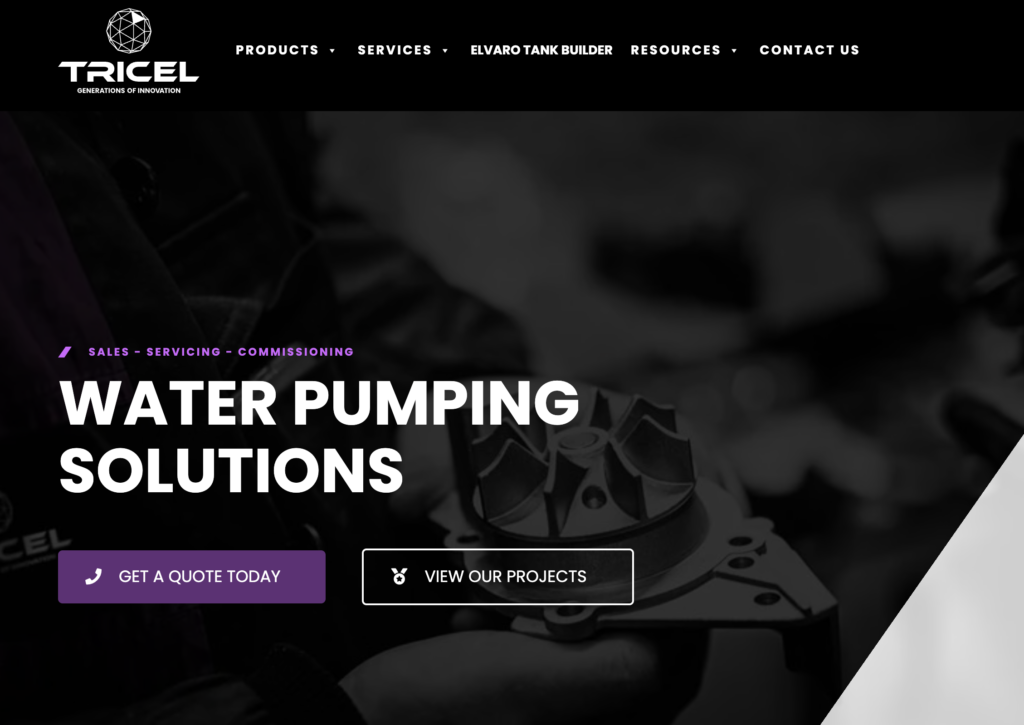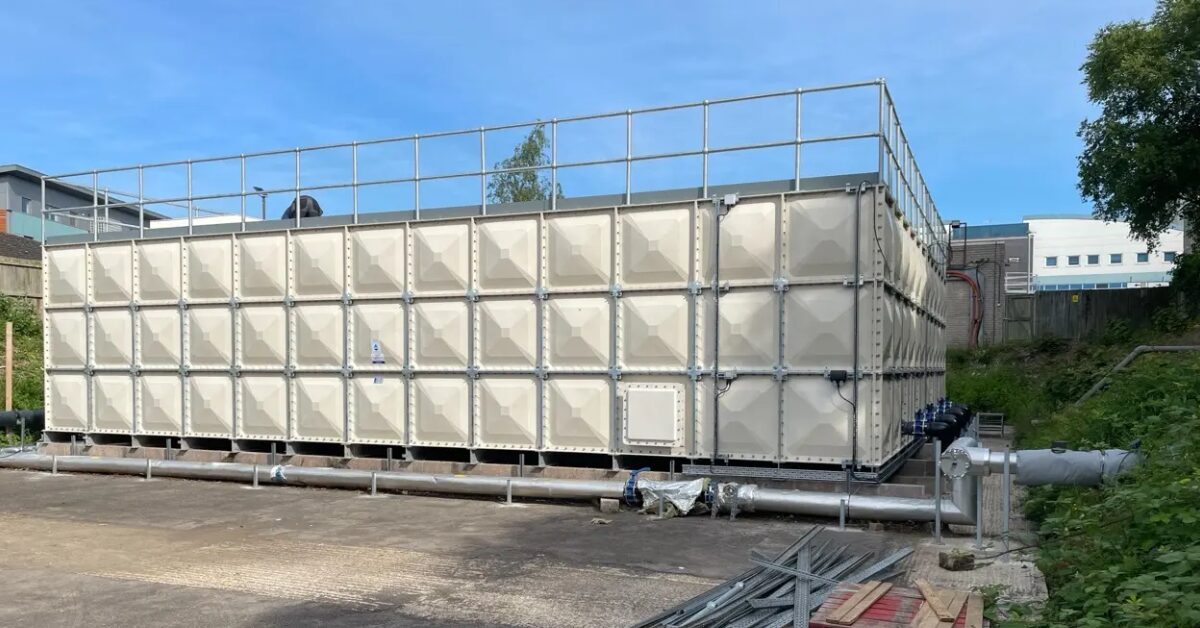
Cold water storage tank regulations
Home » Water Regulations & Compliance » Cold Water Storage Tank Regulations

Cold water storage tank regulations exist to actively protect water systems from harmful bacterial contamination. Specifically, they help prevent the growth of Legionella—a dangerous bacterium that thrives in poorly maintained tanks. When regulations are ignored, Legionella can multiply and spread. Eventually, large amounts may be released into the air, posing a serious health risk. Once inhaled, the bacteria can cause severe lung infections, such as Legionnaires’ disease. Therefore, following proper guidelines is essential to ensure safety and prevent outbreaks.
The Water Supply Regulations & Scottish Water Byelaws set out the requirements for cold water storage tanks, outlining the design and installation procedures that should be followed under The Water Supply (Water Fittings) Regulations 1999
water fitting regulations
Cold water storage tank regulations state that every water tank component should comply with the requirements set forward by Regulation 4.
It ensures that each water fitting is suitable and high-quality for the cold water storage tank it is used for. An appropriate C.E. marking on the fittings means it meets the British Standard or EEA state specification of a similar level of performance.
The water fittings must be installed, altered, disconnected or replaced professionally suited to the British Standard/European Technical specifications. Tank fitting specifications must be approved by the regulator and the water tank undertaker must approve the installation.
water tank regulations
Water Tank Safety
Tricel proudly manufactures reliable cold water storage tanks for both potable and non-potable use. We closely follow cold water storage regulations and health and safety protocols to guide our training and inspection procedures. As a result, we consistently uphold our high standards of product quality and performance.
Water Tank Cleaning
Although our tanks are built with durable, corrosion-resistant GRP material, the risk of contamination remains. Therefore, it’s crucial to inspect and clean water tanks regularly to prevent harmful bacteria, such as Legionella, from developing. Furthermore, the ACOP L8 code clearly outlines responsibilities and best practices to ensure effective ongoing maintenance and safety.
Potable Water Regulations
The Water Supply (Water Fittings) Regulations and Scotland Byelaws set legal standards for water systems and appliances.
They regulate the design, installation, operation, and maintenance of cold water storage tanks across all industries.
As a result, these regulations ensure stored drinking water remains safe, clean, and suitable for consumption.
Additionally, they help prevent water misuse, unnecessary waste, and excessive consumption of the clean water supply.
The Byelaws apply once water enters a property’s underground pipe from the mains supply.
From there, the rules cover cold water storage tanks, fittings, and the entire water system.
However, the regulations do not apply if the property relies entirely on a private water supply.
That said, if a water company provides any top-up supply, the regulations immediately come into effect.
Copies of the Water Fittings Regulations, and Byelaws in Scotland, including their schedules are available using the following links.
England and Wales – Statutory Instrument 1999 No. 1148, amended under subsequent legislation.
S.I.1999 No. 1148 – The Water Supply (Water Fittings) Regulations 1999
Amended under the following legislation:
S.I.1999 No.1506 – The Water Supply (Water Fittings) (Amendment) Regulations 1999
S.I.2005 No. 2035 – The Water Act 2003 (Consequential and Supplementary Provisions) Regulations 2005
S.I.2013 No.1387 – The Construction Products Regulations 2013
Scotland
The Water Supply (Water Fittings) (Scotland) Byelaws 2014
Northern Ireland – Statutory Rules 2009 No.255
S.R. 2009 No.255 – The Water Supply (Water Fittings) Regulations (Northern Ireland) 2009
Potable Water Storage Tank Regulations
Cold water storage tanks with a 250-litre capacity are ideal for most domestic households.
However, selecting the right size tank is essential to ensure water is regularly replaced with fresh supply.
Oversized tanks can cause water to stagnate, increasing the risk of harmful bacteria.
Additionally, potable and non-potable tanks have different designs, so verify the tank type before purchasing.
Always choose a potable water tank made from strong, corrosion-resistant GRP material.
Old galvanised steel tanks often corrode, discolour the water, and leave an unpleasant metallic taste.
Therefore, check for a WRAS-approved logo, found on all Tricel cold water storage tanks.
This logo confirms the tank is safe for storing water for human consumption.
Each Tricel tank includes a secure lid to prevent dirt, debris, and vermin from entering.
Moreover, potable water tanks include screened vents that block insects and airborne particles.
To protect water quality, insulate the tank and keep it out of direct sunlight.
Regular inspections are important to detect leaks, loose connections, or sediment build-up.
In public buildings, offices, and social housing, tanks must follow Legionella Control protocols.
If you rent a room in shared housing, your landlord is responsible for tank maintenance and inspections.
Read More...
- Water Tank Installation & Maintenance
- Cold Water Storage Tanks
- Case Studies
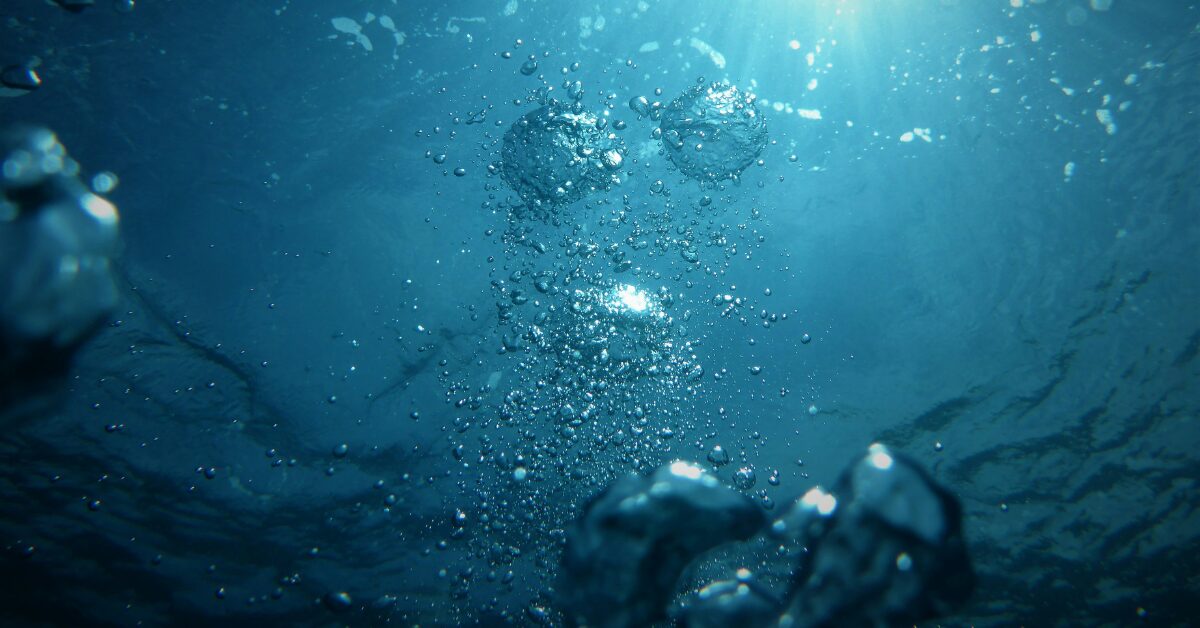
Leak in Water Tank: Causes, Prevention, and Solutions
Water tank leaks can lead to significant structural damage and water loss. Common causes include corrosion, poor installation, and lack of maintenance. To prevent leaks, it's essential to ensure proper installation, use high-quality materials, and conduct regular inspections. For detailed guidance on causes, prevention, and solutions for water tank leaks, refer to Tricel Water UK's comprehensive article.
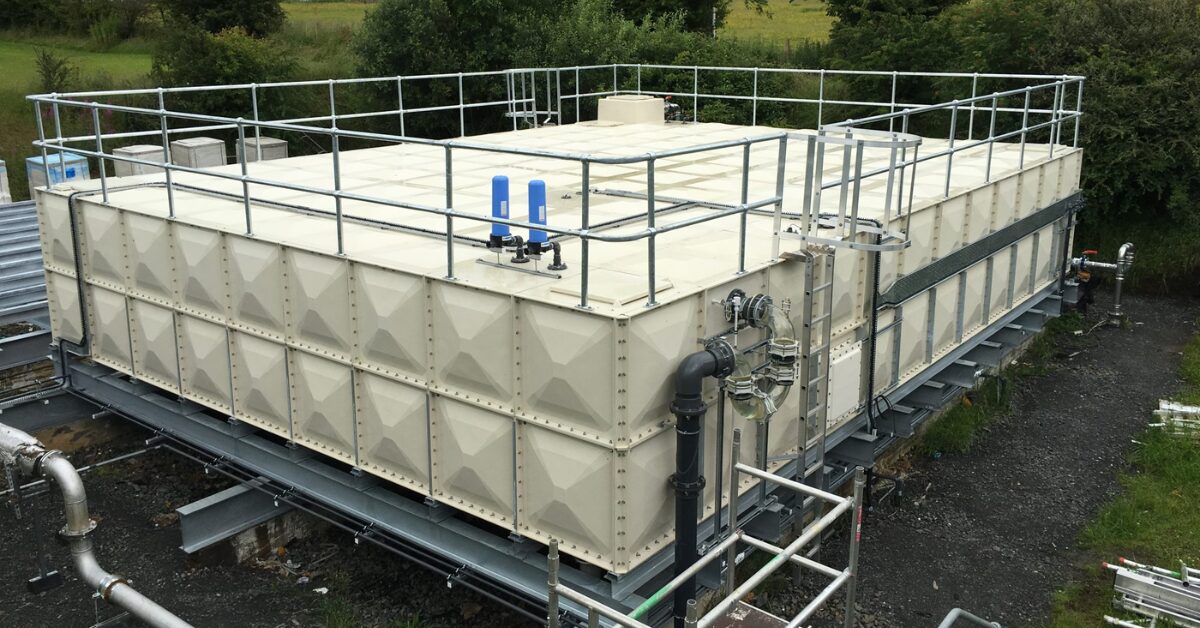
Importance of Base Levelling Steels
Proper base levelling is essential for the stability and longevity of your water tank. This guide explains why base levelling steels are crucial for preventing structural issues and ensuring your tank performs optimally over time.
Water Tank Replacement
Replacing your water tank is crucial for maintaining system efficiency and preventing costly repairs. This guide covers key signs that it’s time for a replacement and the best practices for installing a new tank, ensuring reliable water storage.
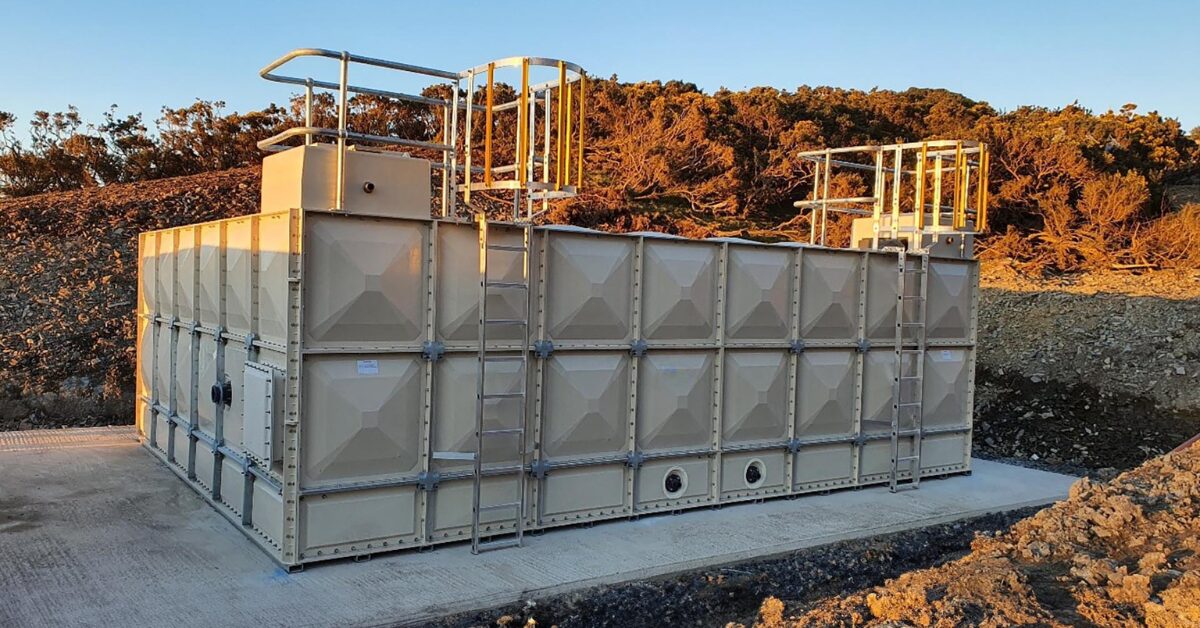
Water Tank Installation Guidelines
Ensure your water tank is installed correctly with our comprehensive guide. Learn the key steps, best practices, and important considerations to achieve a successful and efficient installation.

